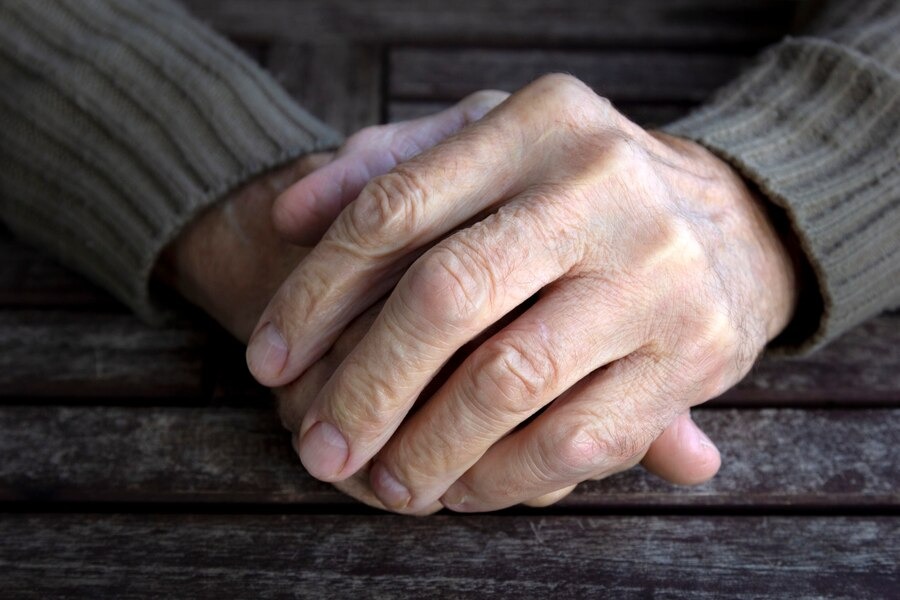Parkinson's
disease is a chronic neurological disorder primarily caused by a reduced level
of dopamine, a key neurotransmitter in the brain. The decline or injury of
dopamine-producing cells, often linked to the ageing process, leads to the
characteristic motor symptoms of Parkinson's, such as tremors, rigidity,
bradykinesia (slowness of movement), and postural instability.
Who is Particularly at Risk?
Parkinson's disease predominantly affects the elderly. Symptoms usually
manifest when 60 to 80% of the brain's dopamine-producing neurons are lost.
The average onset age is between 62 and 65 years, with an incidence rate of
approximately 2-3 per 1,000 individuals. The risk increases tenfold after the
age of 70, with the prevalence rising to around 0.5-2% in this age group. The
younger the onset of the disease, the more pronounced the progression tends to
be, often resulting in a more severe prognosis.
What is the Prevalence of Parkinson's Disease in Turkey?
Unfortunately, there is no comprehensive scientific data on the exact
number of Parkinson's disease patients in Turkey. However, it is estimated that
approximately 100,000 people are living with Parkinson's in the country.
Is Parkinson's Disease Preventable?
Regrettably, there is no diet, lifestyle modification, or exercise regimen
proven to prevent the onset of classical Parkinson's disease, also known as
Idiopathic Parkinsonism, which constitutes the vast majority of cases.
Excluding the very rare genetically predisposed cases, the lifetime risk of
developing Parkinson's disease for individuals over 65 years of age is around
0.3%.
How is Parkinson's Disease Diagnosed?
The diagnosis of Parkinson's disease is primarily clinical, based on the
presence of key symptoms. These include the characteristic 'pill-rolling'
tremor in the hands, typically beginning in one limb, bradykinesia, a lack of
coordination between arm and body movements, a stooped posture with diminished
arm swing, a masked facial expression with reduced facial mimicry, and a
shuffling gait. Early identification of these symptoms should prompt an
immediate consultation with a neurologist.
Support from Family and Friends is Crucial
Parkinson's disease, though challenging, is not an insurmountable
condition. It is akin to managing diabetes; with early intervention through
medications or, when necessary, surgical approaches, patients can maintain a
near-normal lifestyle. It is essential for family members and friends to
provide support, ensuring the patient remains engaged in social activities,
adheres to prescribed treatments, and avoids social isolation. As the disease
progresses, careful consideration must be given to selecting the most
appropriate treatment strategies to preserve the patient's quality of life.
Impact on Social Life
The bradykinesia associated with Parkinson's disease can severely limit a
patient's ability to perform daily tasks independently, often leading to
increased reliance on others. As the disease progresses, patients may withdraw
from work and social activities, compounding their emotional distress and
increasing the risk of depression. This social withdrawal, coupled with the
physical symptoms, can have a profound effect on a patient's overall
well-being.
Neurostimulation: A Path to Independence
Among the most effective treatments for Parkinson's disease,
neurostimulation has shown significant promise in improving patients' quality
of life. This treatment offers a lifeline to those who have not responded well
to medications, particularly those experiencing severe tremors or intolerable
side effects from drug therapy. However, careful patient selection is crucial
to ensure the best possible outcomes from the surgery.
Interacting with the Patient During Surgery
When Parkinson's disease does not respond well to medical treatment, surgical options may be considered. These typically involve either unilateral lesion surgery or the implantation of a neurostimulator. Notably, during these procedures, the patient is kept awake and can interact with the surgical team, allowing for real-time monitoring of the brain's response to the intervention.




